Over the past few years, some smartphone manufacturers have been focusing on wireless charging. Although its speed is generally inferior to wire charging, many users find this charging method more convenient. For me, for example, the wireless method fits perfectly into the role of night charging. In addition, I installed one more “pancake” on the office table, since during working hours the smartphone still lies on the table, and if so, then let it also charge.

But wireless charging technologies also have their own nuances that are worth understanding if you want to squeeze the full potential out of your smartphone. Today I will try to help you with this by talking about what kind of wireless chargers are in smartphones today and what to look for when choosing a charging station.
Let's get started!
5W – slow but versatile
The earliest smartphones with Qi support only supported 5-watt wireless charging with 5 V and 1 A. Despite the fact that there are almost no such devices on sale, there are still many 5-watt wireless chargers on the market. These are the most inexpensive options that you can buy on AliExpress for almost 200-300 rubles, and in Russian retail – for 600-800 rubles. And all Qi-enabled smartphones are compatible with them.
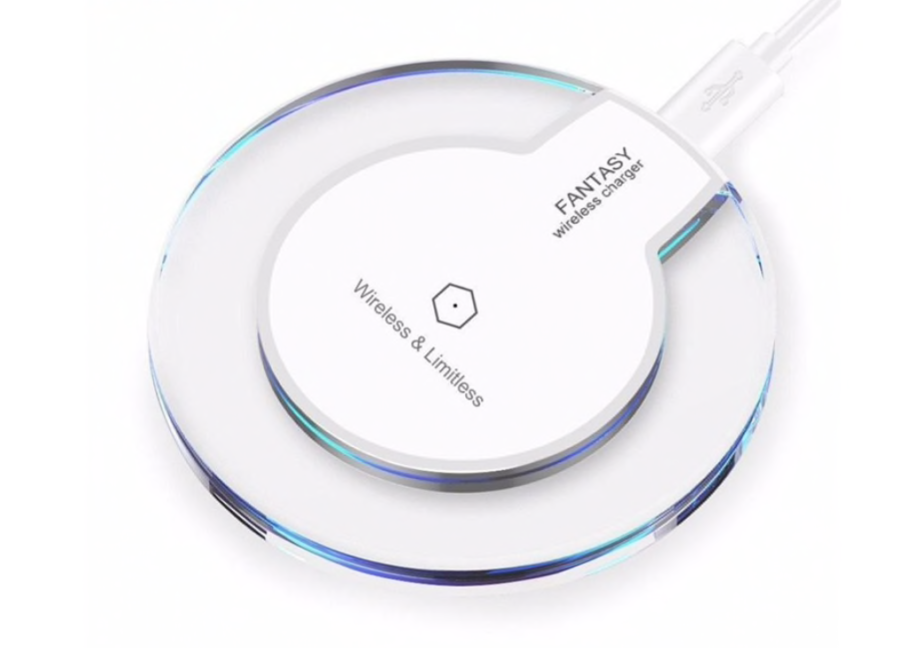
The charging speed when using such a station will be extremely slow (from 3.5 hours), but these devices should not be written off. The fact is that this will be quite enough for the role of night charging (if you sleep a normal time and do not practice extreme polyphasic sleep techniques). In addition, slow charging is said to have a better effect on battery life.
Another small advantage of such stations is the undemanding power adapter – a simple 10-watt unit (5 V / 2 A) without Quick Charge and other fast charging standards is enough.
On my bedside table, I have a 5-watt simple wireless charger from the Chinese brand Choetech (widely known in narrow circles of AliExpress lovers), bought a year ago for about 600 rubles.

My iPhone X dives on it every day around 1am, and by 7-8am it is 100% stable and stable. When there is an early rise at 5-6 in the morning, I don't really trust such wireless charging, since I took off my smartphone a couple of times undercharged (from about 80%). But since in 99% of cases I sleep for at least 6 hours, I almost always take off the device with a full battery. And I don't need more next to the bed yet.
7.5-10 W – faster, but with nuances
Most smartphones with wireless charging support today support up to 10W of power. These are almost all Samsung flagships (from Galaxy S7 and Note 5 to Galaxy S9 and Note 9), iPhone of all Qi-compatible generations, Xiaomi Mi Mix 2S and Mi Mix 3, Google Pixel third generation, Sony Xperia XZ line. But here a whole series of nuances begins, which we will dwell on in more detail.
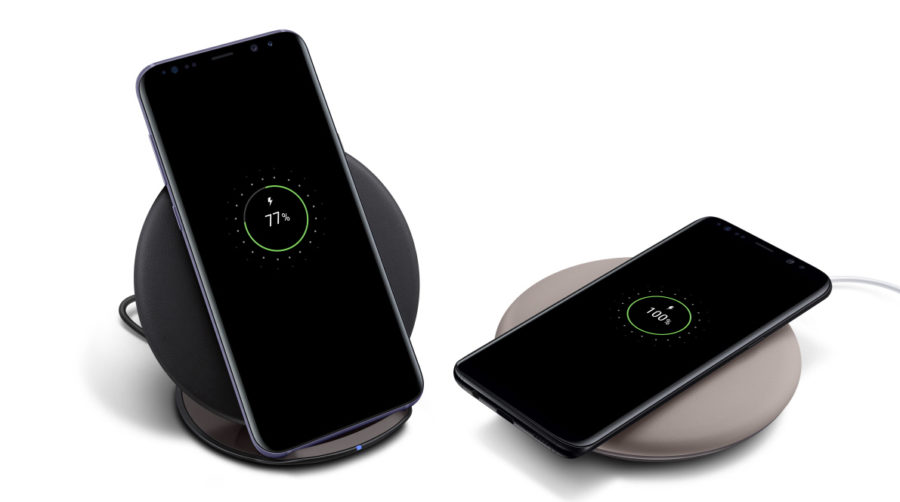
Samsung smartphones are compatible with almost all Qi chargers that support power up to 10W. However, branded charging stations contain active cooling or simply a fan that starts blowing at the moment when the temperature of the smartphone rises to a certain level.
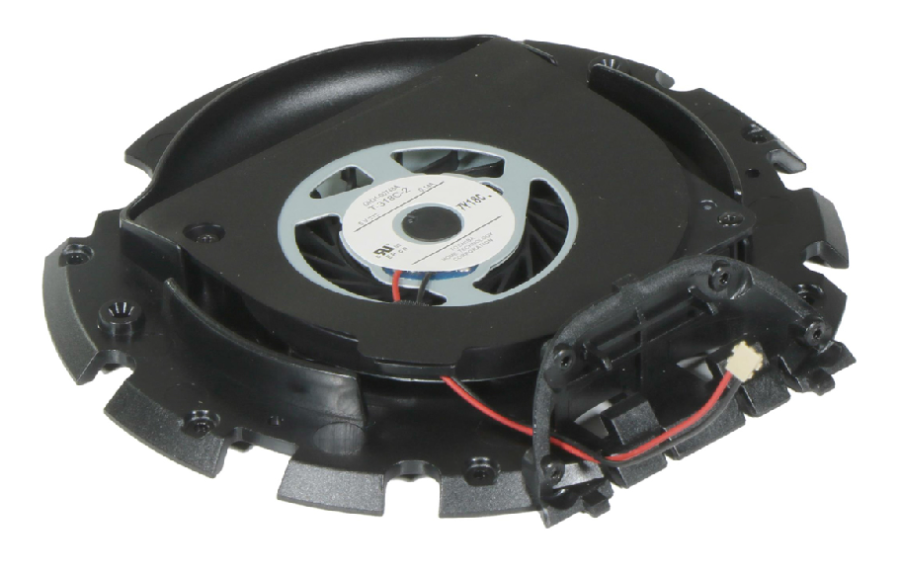
Thanks to the fan, Samsung flagships consume increased current for almost the entire charging cycle, which allows the brand's smartphones to fully charge in about 2-2.5 hours. Most third-party Qi pancakes do not have active cooling, so real fast charging will work up to about 60%, after which the smartphone will warm up and begin to reduce the current consumption. And if, when using 10-watt chargers with a Samsung fan, it charges about an hour and a half faster than using 5-watt ones, then with passive cooling it will be possible to save only about half an hour.
As for Apple, the nuance is as follows. The officially supported wireless charging power iPhone of the latest generations is 7.5 W. To get high speed, charging should not only support up to 7.5-10 W of power, but also be able to “persuade” iPhone to take such power. When iPhone 8/8 Plus and X just went on sale, the 7.5 W mode was supported only by certified and very expensive chargers, but then the Chinese came up with something and trained their devices to give iPhone Relying on watts. For example, I have a charger from Baseus, the specifications of which support 7.5 W with iPhone, and it does not cheat – the smartphone really charges a little faster than when using the 5-watt model.
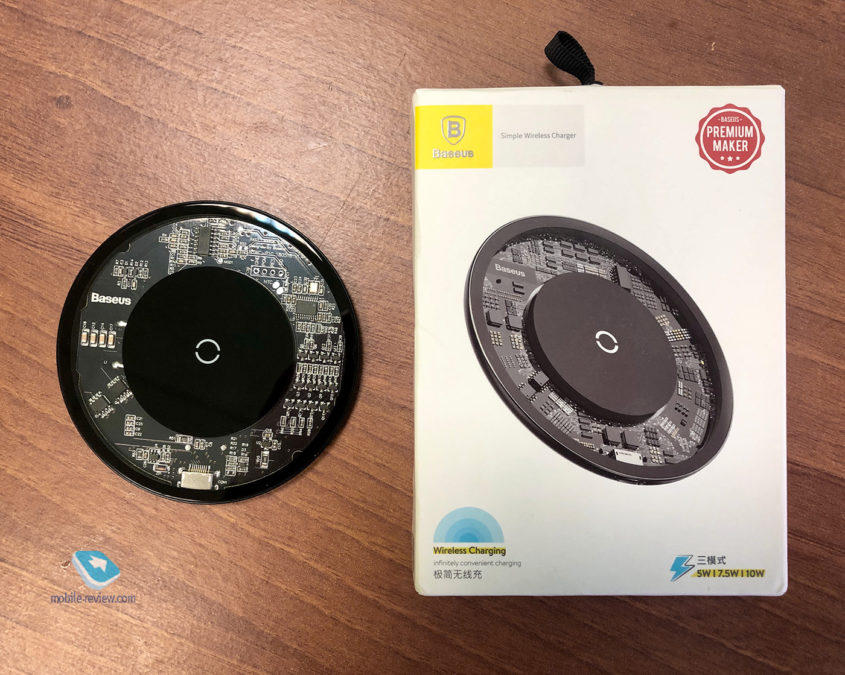
In addition, as I found out empirically, in one of the updates Apple I also unlocked the 10-watt mode. I understood this from the readings of the indicator built into one of the Baseus charges, which showed the power consumption of the smartphone in the region of 9-9.6 W.
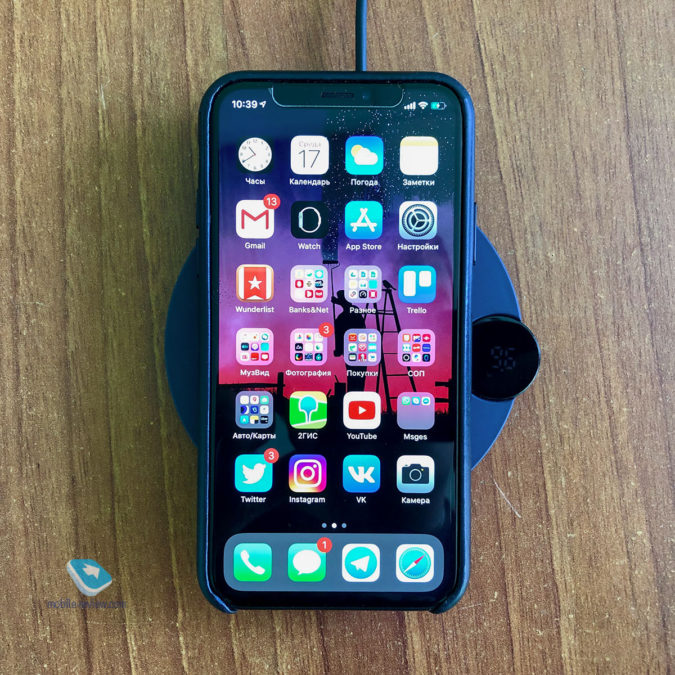
Anyway, when buying a wireless charger for iPhone, you should pay attention to whether it claims support for fast charging of smartphones Apple. At the same time, the fast mode works only up to 60%, then the power still drops to 5 W. This leads to the fact that even from fast wireless charging iPhone it charges about 3 hours, while 5-watt wireless charging charges it in 3.5-4 hours.
I couldn't find any nuances with smartphones Xiaomi Mi Mix 2s and Mi Mix 3 and Sony XZ3 on the forums (if there are any, be sure to write in the comments), which means that they should be charged as quickly as possible with any normal 10-watt Qi -chargers. But for the Pixel 3, you only need a proprietary charger, otherwise it will not be able to take more than 5 watts of power.
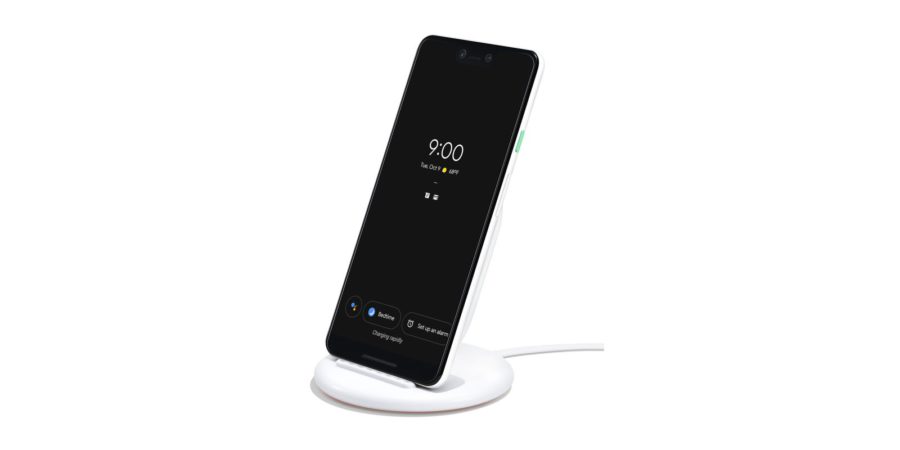
The general nuance for all 10 W chargers is the need for a fast charging adapter, at least with support for QC 2.0, and better QC 3.0.
Let's summarize. For Samsung Galaxy S7-S9 and Note 5-9, it is best to use proprietary fast wireless charging with active cooling, and if it is a pity for a few thousand rubles, then any charging with support for 10 W will do, but the speed of such charging will be lower due to the lack of active cooling. When buying a Qi-pancake for iPhone, you should make sure that the manufacturer claims 7.5 W support specifically for gadgets Apple, or even better, read reviews from real buyers. These (Baseus Digital Led Display and Baseus Simple Wireless Charger) models have been tested by me personally, everything works well with them. For Xiaomi (Mi Mix 2s and Mi Mix 3) and Sony Xperia XZ3, any Qi-charging with power support up to 10W should be suitable. And for the Pixel 3, only the $ 79 branded accessory will be fast, otherwise any charge, even 5W, will do.
12-15 W – only branded accessories
Due to the fact that even 10-watt wireless charging cannot be compared to fast wired charging, manufacturers continue to think about how to squeeze all the juice out of Qi technology. Last fall, the company Huawei showed off by equipping its Mate 20 Pro with 15W wireless charging support.

After that, Samsung also pleased with the introduction of the proprietary fast wireless charging 2.0 in the Galaxy S10 line. In both cases, an original charging station is required, for which you will have to pay a round sum of money.
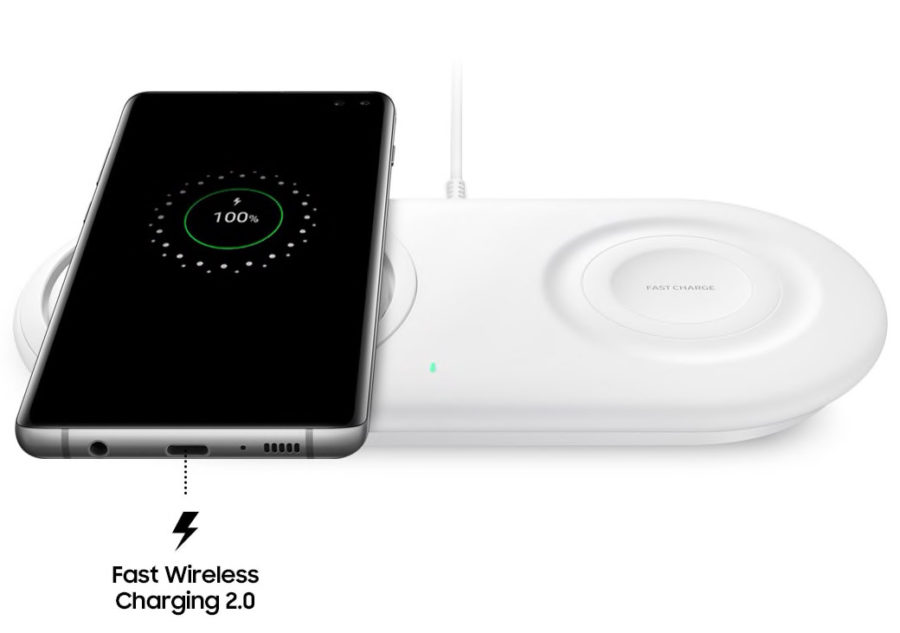
So far, the only station on the market with support for Fast Wireless Charge 2.0 (12 W) will have to pay 7,000 rubles. Compared to the previous fast wireless charging protocol, the new one will give an increase in speed of 27% (as stated on the official Samsung website). This means that Korean flagships will be charged at the proprietary station in 1.5-2 hours. Is it worth it? Everyone will decide for himself. In addition, the watch can also be charged on it.

Branded wireless charging Huawei costs 4,000 rubles, but, apparently, due to the lack of active cooling, it charges the Mate 20 Pro in about 2 hours and 40 minutes. It turns out that, despite the high maximum power, the final charging time is worse than the previous generation Samsung technology. Questionable result.
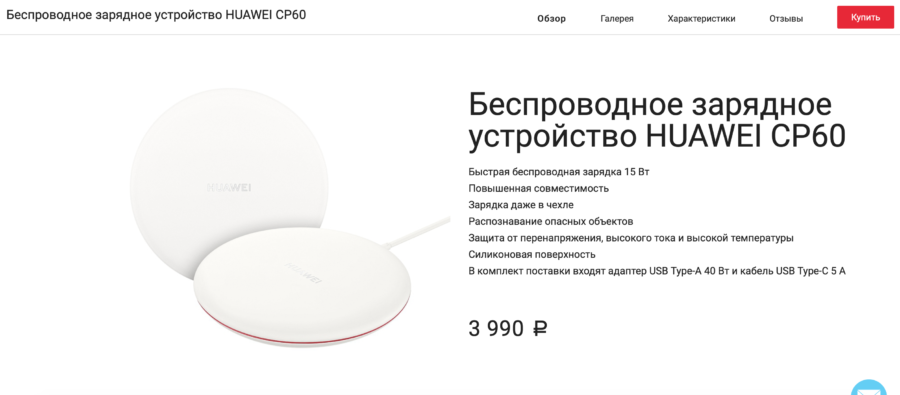
It should be noted that the main advantage of such branded accessories is that you don't have to buy another power adapter and cable – everything is already included in the kit. This somehow justifies their high cost.
20 W – so far only one record holder
The company Xiaomi has managed to distinguish itself with the fastest wireless charging, which offers to buy proprietary wireless charging with a power of as much as 20 watts for its Mi 9. So far, this is the only smartphone that has rocked Qi to such heights, and its accessory is the only 20-watt wireless charger on the market.
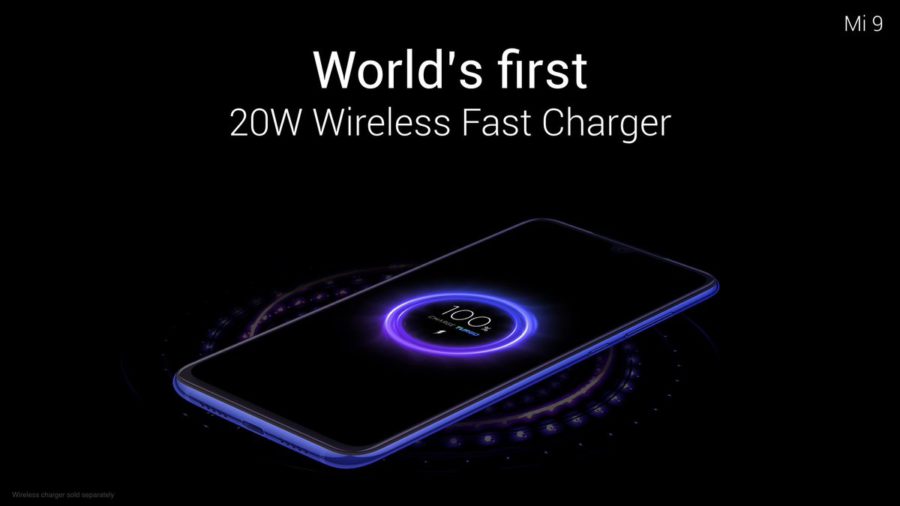
Unlike the 15-watt wireless charger from Huawei, the Mi 9 is really good for the new accessory. In half an hour, Mi 9 charges 40%, and in an hour and a half, it gains 100%. This is probably the fastest Qi on the market. Perhaps the Galaxy S10e can compete with it with the smallest battery of new products and the Wireless Charger Duo Pad, but I have not been able to find relevant tests yet.
The set with a 20-watt wireless charger Xiaomi comes with a special 27 W adapter and a special cable, speed records are possible only in such a bundle. But given the fact that all this can already be bought on the same AliExpress for only 2,000 rubles, Xiaomi can only be praised. Here is such a wonderful and not at all greedy record holder.

Conclusion
This is how diverse the world of wireless chargers is today. As with fast wired technologies, each manufacturer tries to solve the speed issue differently. And even seemingly in the universal Qi standard, they introduce their developments, which they are in no hurry to share with competitors. Well, that's their right, and they can be understood. It is becoming more and more difficult to stand out in the smartphone market, and this is one of the most effective tools.
